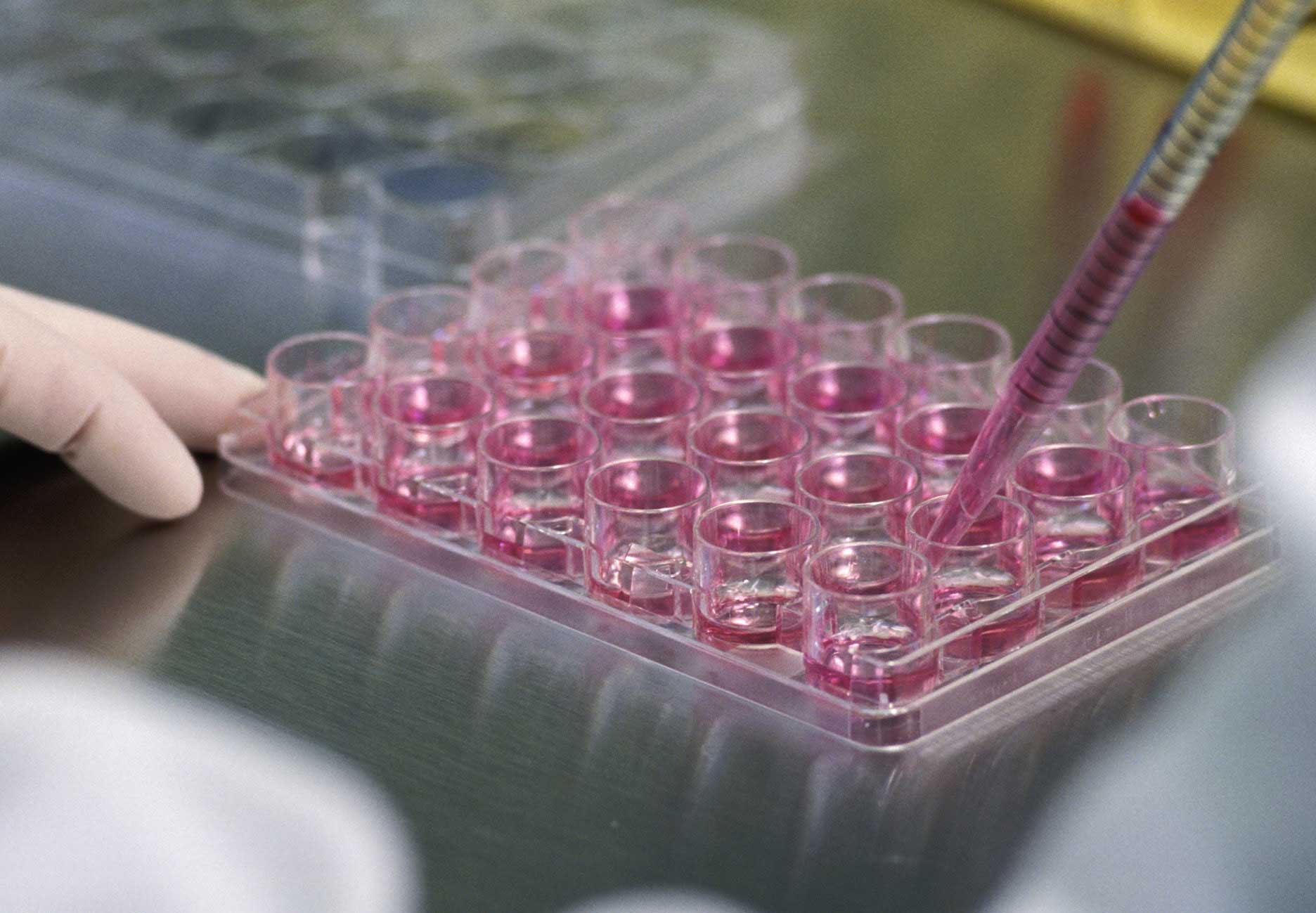One of the obstacles on the way of successful stem cell transplant is problems in finding a good match for the recipient.
“There is only 25% chance that siblings offer one another a human leukocyte antigen match (or simply a tissue type match) while in 75% of cases patients need to find a match from unrelated donors,” Dr. Azim Mehrvar, head of MAHAK Specialized Pediatric Cancer Hospital, was quoted by ISNA as saying.
Last month, MAHAK opened a stem cell registry to facilitate the search for donors who are a match to blood disorder patients — the first of its kind in Iran.
The best transplant outcome happens when a patient’s HLA and the donor’s HLA closely match. HLA is a protein – or marker – found on most cells in a body and is used to match with a donor for bone marrow or cord blood transplant.
All people between the ages of 18 and 50 can come to the center and register to help children suffering from cancer.
The process is easy: Once an applicant is registered, his/her cheek cell sample (buccal swab) is sent for HLA typing, the result of which is stored in the registry. The process takes only a few minutes.
“In the future if the person’s HLA type matches with any patient looking for a match, the donor will be contacted to donate their blood stem cells to potentially save a life,” the physician said.
After finding a good match, the donor receives a health check-up to make sure he/she is fit and healthy to donate. Then they will be given an injection called GCSF (Granulocyte Colony Stimulating Factor) every day for 5 days. This is to release stem cells from the bone marrow into the peripheral blood flow.
On the fifth day, blood stem cells are collected in a 3-4 hours outpatient procedure called apheresis. The stem cells are then transferred to the hospital to be grafted.
Stem cells can be used to treat a variety of disorders including hematopoietic and genetic disorders and even cerebral palsy. Cerebral palsy is an umbrella term for the effects of damage to a developing brain by various causes. It is connected with a range of symptoms, including muscle weakness and movement problems.
According to the charity’s website (Mahak-charity.org), currently donors can be registered only in Tehran. The budget to maintain the registry has been provided by Bahman Group, an Iran-based auto company under license of Japan carmaker Mazda.
Mahak, a non-governmental organization dedicated to helping children, was established in 1991 by Saideh Ghods.
The society is funded entirely by donations and has supported 11,505 children suffering from cancer in the past 17 years. The 18,000-square-meter rehab center and hospital in the north of Tehran was completed in 2003 and can house 120 children, each with a family member. The rehab center has diagnostic and treatment wards on par with global standards.


